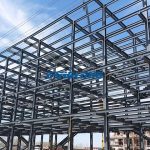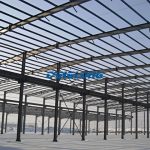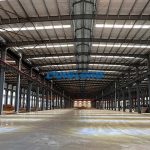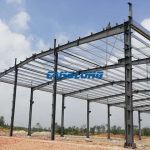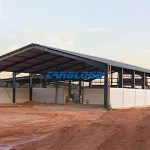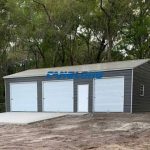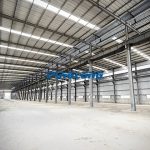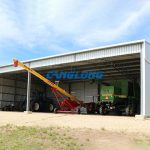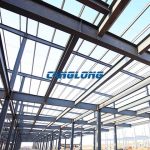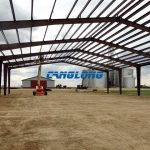Wind and seismic design of high rise steel structure buildings
In high-rise steel structure buildings, from the perspective of wind resistance, the steel structure building plane should preferably choose a streamlined plane shape such as a circle or an ellipse. Because this type of planar engineering building has a small wind carrier type coefficient, it can significantly reduce the effect of wind on high-rise steel structure buildings, and can obtain better economic results.
Compared with streamlined planes such as circular and elliptical planes and rectangular planes, the wind carrier coefficient is reduced by about 30%. Due to the symmetry of the circular plane, any change in the angle of attack of the wind speed will not cause a change in the value of the lateral force. Therefore, the high-rise steel structure building with a circular plane will not gallop under the action of strong winds.
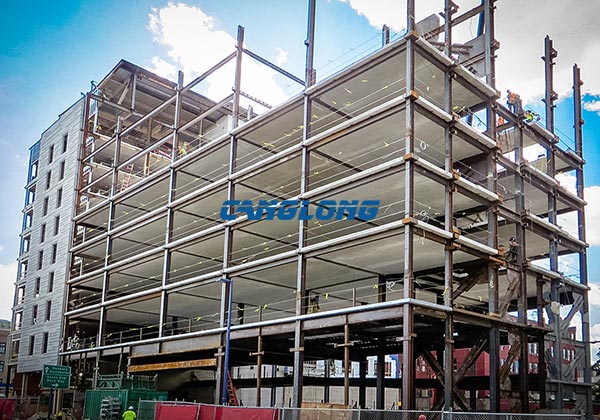
High-rise steel structure buildings with asymmetric plane shapes are prone to torsional vibration under wind load. Practical experience shows that even a slight torsional vibration of a high-rise steel structure building under the action of strong winds will make the occupants feel uncomfortable. Therefore, the building plane should try to choose biaxially symmetrical plane shapes such as circles, ellipses, squares, rectangles, and regular polygons.
In actual high-rise steel structure engineering, building planes such as rectangles, squares and even triangles are often used. However, at the corners of the plane, rounded corners or flat corners are often used to reduce the value of the building and reduce the peak stress of the corner columns of the frame or bundle system. When carrying out structural layout, it should be combined with the shape of the building plane and facade so that the thrust stiffness center of each floor and the resultant force center of the wind load are close to coincide and located on the same vertical line to avoid torsional vibration of the building.
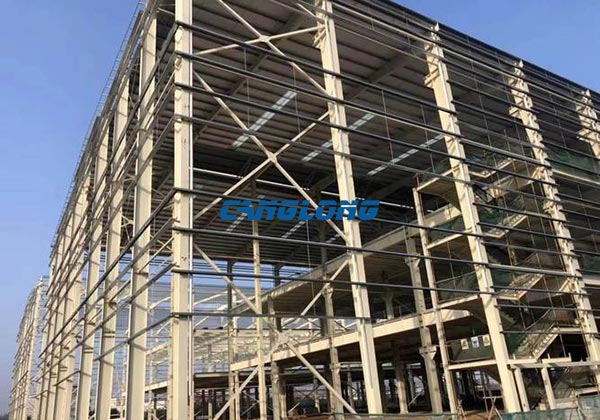
For high-rise steel structure buildings with seismic fortification, the distribution of horizontal seismic action depends on the mass distribution. In order to make the horizontal seismic action of each floor distribute symmetrically and evenly along the plane to avoid torsional vibration of the structure, the plane should adopt a simple regular plane with biaxial symmetry as much as possible. However, due to the requirements of urban planning for streetscapes or the limitation of the shape of the building site, it is impossible for high-rise steel structure buildings to adopt simple and monotonous plane shapes, but have to adopt other more complex planes. In order to avoid strong torsional vibration during earthquakes and uneven distribution of horizontal seismic action along the plane, the commonly used plane size relationship of high-rise building steel structures for seismic fortification should meet the requirements in the figure. When the steel frame tube structure adopts a rectangular plane, its length-to-width ratio should be less than 1.5; otherwise, a multi-beam structure should be adopted.

